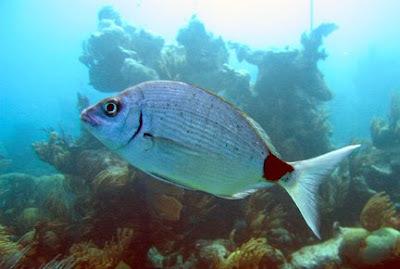Surveying Bermuda's Entire Coral Reef Platform

Since 2004 BREAM has been carrying out the comprehensive assessment of coral reefs across the Bermuda Platform. Multiple transects are surveyed at each site so that the data can be analyzed using standard statistical techniques in order to address ecological hypotheses. Replicate sites have been surveyed across the lagoon, along the shallow rim which defines the edge of the platform, and at many 30-ft deep forereef sites. Over 100 sites have been assessed so far. At each site a team of 3 to 6 divers assesses both the corals and other animals and plants living on the reef surface, as well as the many kinds of fish swimming over the reef. The data collected to date has been statistically analyzed and the findings are being written into a BZS report that describes the patterns observed in corals, algae and fish as well as implications for management and directions for future research. Parameters assessed include the following. • CORALS: Species Length on line Width (x & y) Heigh...









1997BBP.jpg)

